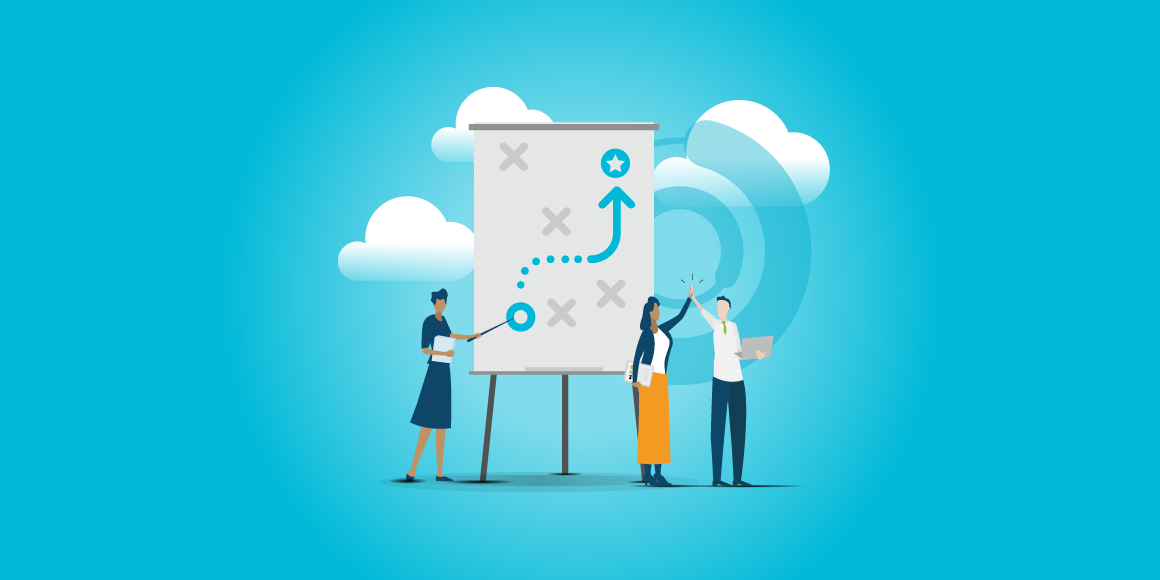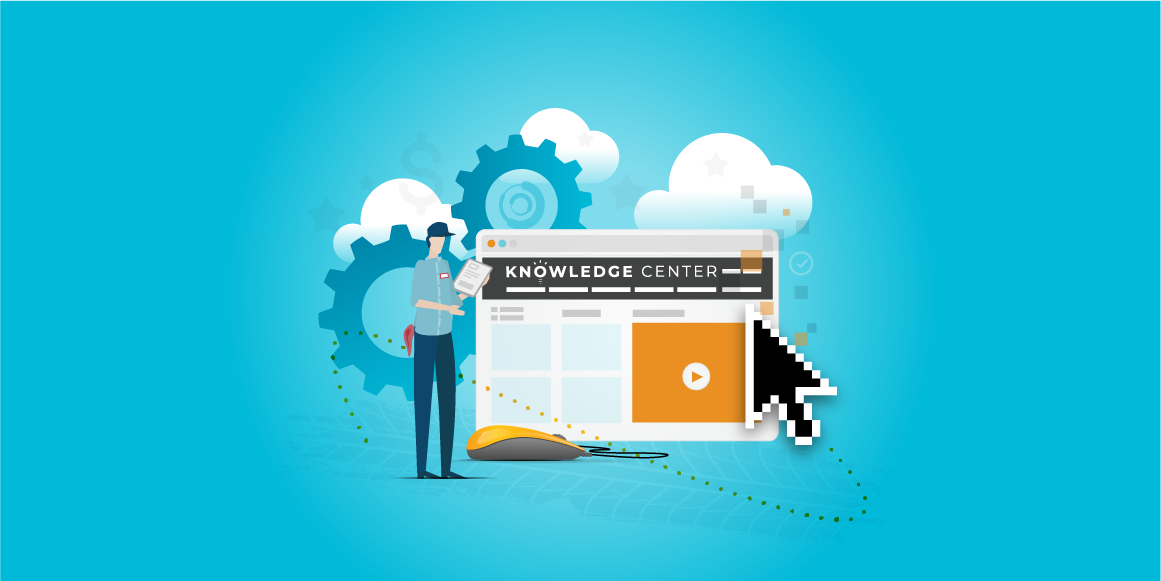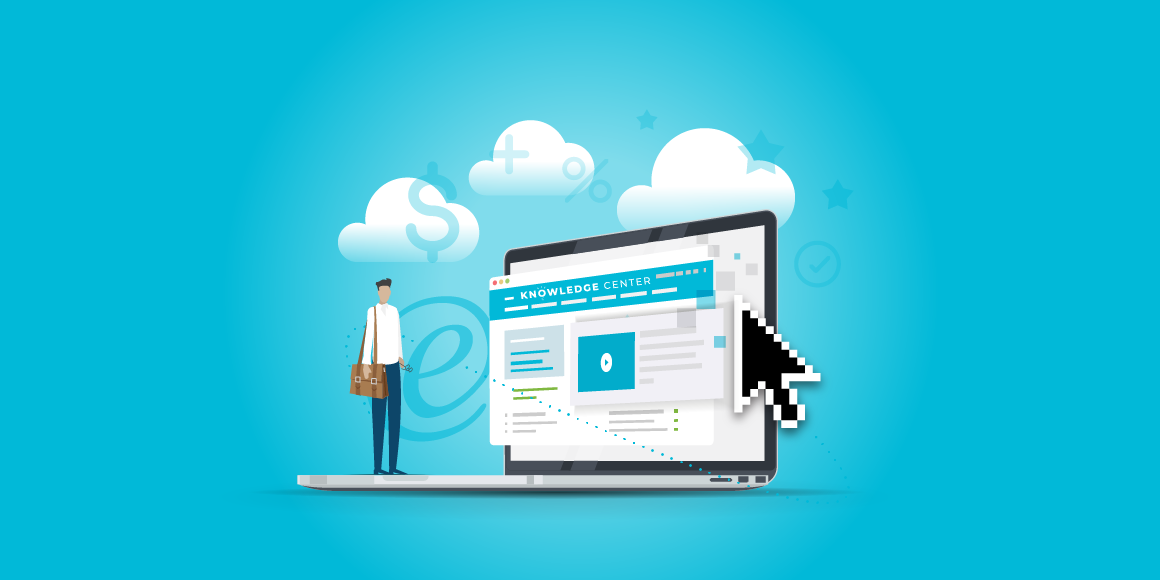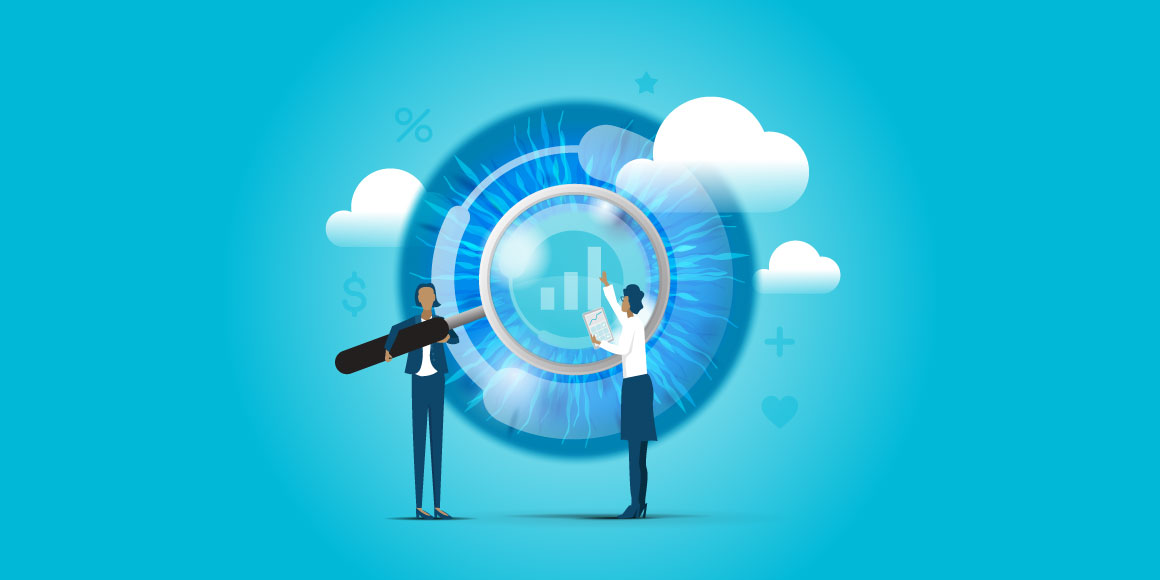When it comes to channel partner enablement, it’s important to have partners you can count on to help you move your products effectively and efficiently.
But how do you design and implement a channel enablement strategy that will get them to buy in to your goals while also helping them to succeed? We think it’s all a matter of asking the right questions.
What is Channel Enablement?
“Enablement” has become something of a pejorative term these days; to be seen as an “enabler” means you have allowed someone to do something they probably shouldn’t be doing in the first place. But when it comes to channel sales, this is the opposite of how enablement is viewed.
When a vendor “enables” their channel partners, what they’re really doing is empowering this network of dealers or resellers to more comprehensively market and sell their products or services. In this sense, the main focus of a channel enablement strategy is on strengthening these partnerships and working holistically to align channel partners’ marketing and sales approach with your objectives and solutions.
To do this effectively, it’s important to cultivate partner relationships by offering value-added resources like partner training, product education and learning management systems (LMS). It’s also worth providing useful prospect insights and a coherent go-to-market strategy that’s easy to follow and worth engaging with.
Of course, the final component of a good enablement strategy is to reward your channel partners for behaviors that lead them to engage with these resources. All of this should be structured within a cohesive partner engagement platform and supported with a clearly defined channel incentive program.
Why Choose Channel Enablement?
According to a 2022 Salesforce study, sales reps spend just 28% of their work week selling—with the other 78% devoted to research, deal management, data entry, and other administrative tasks. As an example, these reps often spend nearly 8 hours each week searching for relevant, customer-focused content to help them sell.
What this means is that channel sales reps spend nearly a quarter of their time figuring out how to sell their products and services rather than actually selling them.
To further highlight this issue, Forrester Research conducted a survey of technology sales executives and found that only 34% spoke with salespeople who were able to provide relevant materials. In other words, channel sales reps simply haven’t been getting enough support when it comes to selling their upstream partner solutions.
So, for starters, a good channel enablement strategy should be designed in such a way that it cuts down on this inefficiency. It does this by arming dealers and resellers with the knowledge and tools to more effectively sell what you want them to sell.
This can involve a combination of bite-sized marketing, sales, and technical training, and hands-on work. It can utilize modern tools and LMS platforms that provide engaging on-demand content.
But a lack of resources and support isn’t the only reason why channel enablement incentives are so important. These kinds of strategies can also strengthen your existing partner relationships. They can help you gain valuable mindshare by providing your channel partners with yet another reason to do business with you.
Additionally, with so many channel partners, it can be hard to know exactly who you should be reaching out to and motivating. One thing a channel enablement solution can do is help you identify and target managers and salespeople who are the most valuable influencers, or points of influence (POI) in your channel. After all, you don’t want to spend valuable time and resources on individuals who won’t end up significantly impacting your down-channel sales.
Finally, a good channel enablement approach can help build unity among your channel partners by integrating an overarching partner ecosystem. In organizing your partner outreach efforts, you should be able to more consistently streamline your brand messaging communications, simplifying and enhancing the channel sales process.
How does a channel enablement program work?
As an indirect sales tool, an effective channel enablement program should follow a strategic approach:
KPIs
First, you need to identify and track key performance indicators (KPIs) in your channel. These KPIs can also act indications to reward. For instance, you may want to increase incremental sales. You can reward for every sale made.
You may also want to home in on the numerous activities along the path to the sale. So, you can reward for “steps-to-the-sale” activities. For example, with corporate eLearning modules, you can measure and reward how many tests, quizzes, or certifications your channel partners are taking. This will give you a clearer sense of their engagement, and whether or not they’re increasing their knowledge base when it comes to your products.
Performance Tracking
Second, you’ll want to develop a scaled incentive strategy that tracks the rewards given out to channel sales reps for reaching each one of these KPIs. The shape and scope of this strategy will depend on your specific channel, your channel sales objectives, and your budget.
Communication
Third, it’s important to communicate regularly with your channel partner audience using consistent messaging. Again, an integrated, overarching partner portal is a great way to achieve this.
Measuring Progress
Fourth, measuring the progress of your audience and regularly updating them on their status will demonstrate to participants that you’re right there with them and invested in their engagement. With tools like the above-mentioned eLearning, this can be done automatically and in real-time.
Analytics
Fifth, you’ll need to analyze the results of your channel enablement initiatives and modify them on an ongoing basis to ensure continued engagement and success. For example, if you notice that your sales materials aren’t being read or utilized, it’s incumbent on you to find out why.
Rewards
Finally, reward goal achievers with rewards that motivate them. This could mean a grand prize incentive trip for long-term engagement and sales success. Or it might include merchandise/experience rewards for reaching short-term goals or succeeding in a special promotion.
No matter which rewards structure you land on, these incentives are what really move the needle in the channel enablement process.
Who should you enable?
The easiest answer is, “everyone you can.”
But the more complicated answer will depend on your goals and your current sales channel relationships. Perhaps the most pressing question is: should you devote most of your channel enablement resources to your largest enterprise-level channel partners?
While your instinct might be to go after the “big fish,” it’s also important to consider what we refer to as the “middle 60%”. That is, the small and mid-sized partners who aren’t necessarily your top performers.
Because after all, channel enablement is in large part dependent on strong partnerships, so devoting resources to these smaller channel partners who you can develop more intimate and trusting relationships with may end up proving a smart bet. It’s often these partners who stand to be more committed to your enablement solutions
Thus, if you can motivate this bevy of smaller partners to push your products and services, and continue to nurture the relationships through your enablement initiatives, you may find that this to be a very effective use of your channel resources.
Conclusion
Whether your business wants to add new channels of sales revenue, or simply wants to increase the efficiency and effectiveness of current channel partners, a channel enablement strategy is key.
That’s because during the sales process it’s going to be important for your channel partners to demonstrate an in-depth knowledge of your solutions and services, as well as an understanding of how to define and position them for their prospects.
So why not offer these partners the tools and support they need, saving them time and effort during their sales process while motivating them to follow and promote your branding and marketing principles? Help your channel partners help you, so that you can effectively change the channel.
If you want to learn more about what makes a channel incentive program successful, download out guide: The Definitive Guide for an Effective Channel Incentive Program.






